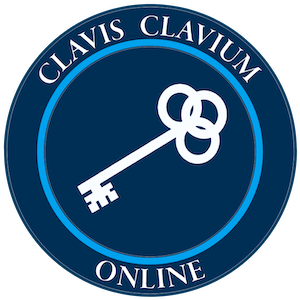Maximus Confessor
Biography
Born around 580. According to a recently discovered ancient Syriac Life (late 7th century), Maximus was not born in Constantinople to an aristocratic family joined to that of the Emperor Heraclius, whom he would serve as first secretary before becoming a monk, as was traditionally accepted on the basis of later Lives, but he was rather of Palestinian and much more modest origin. Born of a Samaritan and a Christian Persian slave, he seems to have been entrusted at a very young age to the abbot of a Palestinian monastery, which he had to leave after the Persians took Jerusalem (614), to find refuge in a monastery in Constantinople. It was there that, through his disciple Anastasius, he would have come into contact with the imperial court. The attacks of the Persians and the Avars against Constantinople in 626 forced him to abandon his monastery and find refuge in Africa, near Carthage, where he met Sophronius, the future patriarch of Jerusalem, a determined opponent of monoenergism and monothelitism, as he himself would be in the debates that would pit him against the patriarch Sergius of Constantinople and his successor Pyrrhus, and soon against the imperial power. Alongside Pope Martin I, he took part in the Lateran Council in 649 to defend the two "energies" and the two wills - human and divine - of Christ against the edict of Emperor Constans II, who was in favour of monothelitism. His vigorous opposition to heresy led to his arrest and that of Pope Martin. Taken prisoner in Constantinople, he was tried there and sentenced to exile. Finally, tortured and mutilated, he died in Colchis (Asia Minor) on 13 August 662.
Works
- Ad catholicos per Siciliam constitutos
- Ad Georgium presbyterum ac hegumenum
- Ad Marinum Cypri presbyterum
- Ad Marinum ex tractatu de operationibus et uoluntatibus
- Ad Marinum presbyterum
Related authors
Maximus the Confessor (Pseudo-) (600 ? - 900 ?)
Details
| Birth date |
? Originaire de Palestine. |
|---|---|
| Death date |
Mort en Colchide (Asie Mineure), le 13 août 662. |
| Activity | Constantinople |
| Group of authors | Greece, Minor Asia (including Constantinople), Palestine and Cyprus (including Gaza) |


